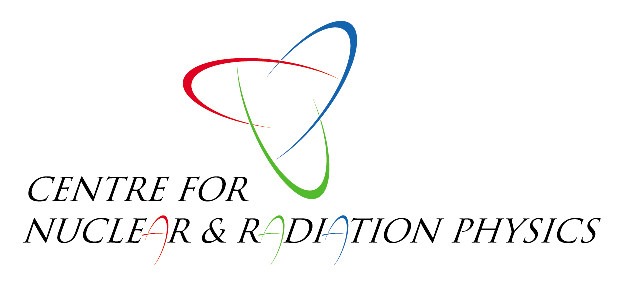

Previous seminars:
Seminars were moved online due to Covid-19 restrictions.
Tuesday 3rd March 2020
Laura Moschini (University of Surrey)
From Halo Effective Field Theory to the study of direct reactions: reliably probing the
halo structure of 11Be and 15C
Tuesday 25th February 2020
Miguel Macías (University of Seville)
HiSPAlis Neutron Source (HiSPANoS) at CNA: installation and commissioning of the
first neutron time of flight beam line in Spain
Tuesday 18th
February 2020
Jin Wu (Argonne National Laboratory)
Beta-decay spectroscopy and its implication for r-process and nuclear structure
Beta-decay spectroscopy, as one of the most important nuclear physics experimental
techniques, is readily performed for the nuclei far away from the stability line and provides
valuable nuclear physics input for the astrophysics study. For the first part of my talk, I will
focus on the beta-decay studies at Argonne National Laboratory, including the preliminary
results of 100Y beta decay by employing the gamma-gamma angular correlation with
GAMMASPHERE, and the current ongoing projects with two kinds of tape stations in
conjunction with GAMMASPHERE or X-array. In the second part, I will focus on the beta-
decay studies at RIKEN, including the current BRIKEN project with emphasis on the beta-
decay studies in the vicinity of N=126 closed shells.
Tuesday 4th
February 2020
Martin Freer (University
of Birmingham)
Science with the University of Birmingham Accelerators
Birmingham has a long tradition of operating accelerators which dates back to the 1950s.
The most recent incarnations are the MC40 cyclotron and the dynamitron. These have been
used to conduct a range of activities from medical isotope production, irradiation of reactor
materials through to fundamental nuclear physics. This talk will reach from what we have
learned in terms of the structure of carbon-12 and its impact on stellar nucleosynthesis
through to the study of nuclear materials. The most recent accelerator which is presently
being constructed is to create a high flux neutron source as part of the National Nuclear
Users Facilities programme. The facility and progress to-date will be described.